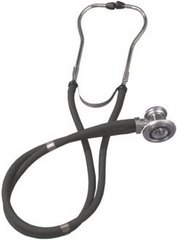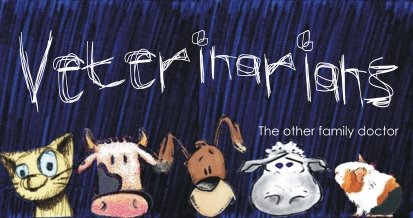While they were playing in the garden recently, a friend's kids dug up and found what they thought were the jaws of alien creatures from outer space!
Have a careful look at these pictures...
Have a careful look at these pictures...





Nasty looking, aren't they? What do you think they are?!
I was baffled. I discussed these pictures with my veterinarian coursemates, colleagues, friends and even lecturers from my university. Nobody could even guess. Initially, I thought they must have been part of an abandoned toy or a replica of some dinosaur model. But the parents of these kids assured me that they were real...and not made of plastic or some synthetic material. To me, this bone and teeth structure resembled nothing mammalian, avian, amphibian or even reptilian. That left me to think of those creatures that live under the sea.
These very pictures were then forwarded to marine biologists and experts in tropical and marine life of Asia and much in-depth discussions ensued. They passed through the hands of fish researchers from Australia and Hawaii, right into those of marine experts from the Smithsonian Institute of the National Museum of Natural History located in Washington DC.
Finally, a research fishery biologist named Dr. Walter R. Courtenay, Jr. (Ph.D.) and his colleagues from the USGS Florida Integrated Science Center in Gainesville managed to identify the bony structure...as the lower jaw of a parrotfish! This inner, enameloid jaw contained pharyngeal teeth that functioned to grasp, tear, grind or comb, depending on prey type, but were mostly used to crunch corals to feed on the algae. These are not the teeth you usually see on the outer jaw but are found on a second jaw hidden inside its throat.
I was baffled. I discussed these pictures with my veterinarian coursemates, colleagues, friends and even lecturers from my university. Nobody could even guess. Initially, I thought they must have been part of an abandoned toy or a replica of some dinosaur model. But the parents of these kids assured me that they were real...and not made of plastic or some synthetic material. To me, this bone and teeth structure resembled nothing mammalian, avian, amphibian or even reptilian. That left me to think of those creatures that live under the sea.
These very pictures were then forwarded to marine biologists and experts in tropical and marine life of Asia and much in-depth discussions ensued. They passed through the hands of fish researchers from Australia and Hawaii, right into those of marine experts from the Smithsonian Institute of the National Museum of Natural History located in Washington DC.
Finally, a research fishery biologist named Dr. Walter R. Courtenay, Jr. (Ph.D.) and his colleagues from the USGS Florida Integrated Science Center in Gainesville managed to identify the bony structure...as the lower jaw of a parrotfish! This inner, enameloid jaw contained pharyngeal teeth that functioned to grasp, tear, grind or comb, depending on prey type, but were mostly used to crunch corals to feed on the algae. These are not the teeth you usually see on the outer jaw but are found on a second jaw hidden inside its throat.

So thanks to our team of experts and specialists, the mystery is solved...no alien teeth! Any fishhead curry lover would have been able to tell! The parrotfish head was probably consumed by a neighbour for dinner and tossed into the garden afterwards, only to be found by the kids a few weeks later. The poor bunch of young forensic detectives must have been quite disappointed on what would have been a most enigmatic and momentous archaeological discovery!
But don't forget to look inside the throat of a parrotfish the next time you happen to eat fishhead curry...to discover these mystical alien teeth!



